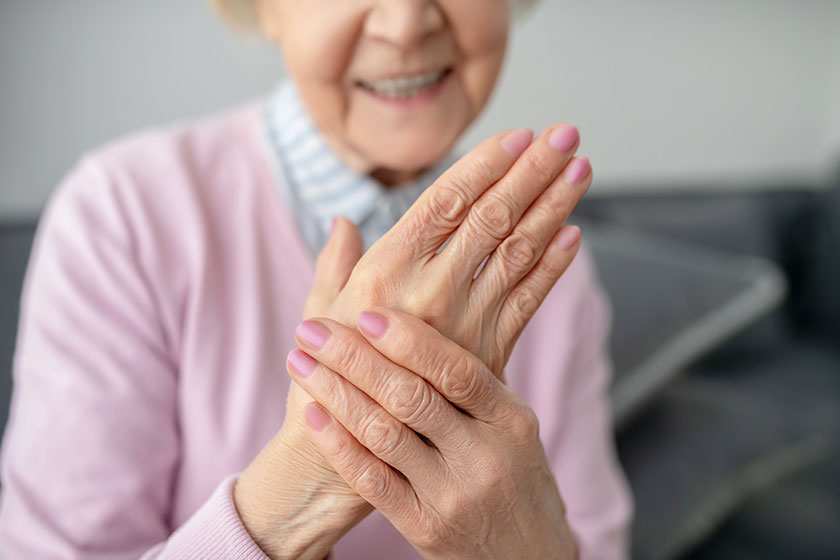Arthritis is a common condition affecting many individuals worldwide, with the prevalence increasing with age. Understanding the types of arthritis in seniors is crucial for early detection, management, and maintaining a quality life. This article aims to shed light on the various forms of arthritis that commonly affect the elderly and provide insights into their symptoms and management.
Osteoarthritis (OA)
Osteoarthritis is the most common form of arthritis, especially among older adults. It happens when over time, the protective cartilage that supports the ends of the bones wears down, causing pain, stiffness, and reduced mobility. OA primarily affects joints in the hands, knees, hips, and spine. While it is a degenerative condition, lifestyle changes such as weight management, regular exercise, and the use of assistive devices can help alleviate symptoms and improve quality of life.
Rheumatoid Arthritis (RA)
Rheumatoid arthritis is an autoimmune disorder where the immune system attacks the body’s tissues by mistake, implicating the lining of the joints (synovium). This can lead to chronic inflammation, pain, and swelling, eventually resulting in joint deformity and erosion. RA is more than just a joint disease; it can also affect other organs and systems. Early diagnosis and aggressive treatment are critical to managing RA effectively, which may include medications, physical therapy, and sometimes surgery.
Psoriatic Arthritis
Psoriatic arthritis is an inflammatory type of arthritis associated with psoriasis, a condition of the skin characterized by red patches of skin topped with silvery scales. Not everyone with psoriasis develops psoriatic arthritis, but for those who do, it can affect any part of the body, including the fingertips and spine. Symptoms vary and can include joint pain, stiffness, and swelling. Treatment focuses on controlling the inflammation with medications and managing symptoms.
Gout
Gout is a form of inflammatory arthritis characterized by abrupt, critical attacks of pain, redness, swelling, and joint tenderness, often at the base of the big toe. It is caused by raised uric acid levels in the blood, which can form sharp, needle-like urate crystals in a joint or surrounding tissue. Managing gout involves a combination of medication to reduce uric acid levels and lifestyle changes, such as dietary modifications and reducing alcohol consumption.
Fibromyalgia
Although not a traditional form of arthritis, fibromyalgia is a condition that is often associated with arthritic symptoms. It is characterized by widespread musculoskeletal pain accompanied by fatigue, memory, sleep, and mood issues. The exact cause of fibromyalgia is unknown, but it’s believed to involve a combination of genetic, environmental, and psychological factors. Treatment typically includes medications, physical therapy, and stress management techniques.
Arthritis in Seniors
Understanding the different types of arthritis in seniors is vital for early diagnosis and appropriate management. Each type has its own set of symptoms and treatment strategies. Elderly individuals experiencing joint pain or other related symptoms should consult with a healthcare provider for a proper diagnosis and treatment plan. By managing arthritis effectively, the elderly can maintain their independence and continue to lead fulfilling lives.







